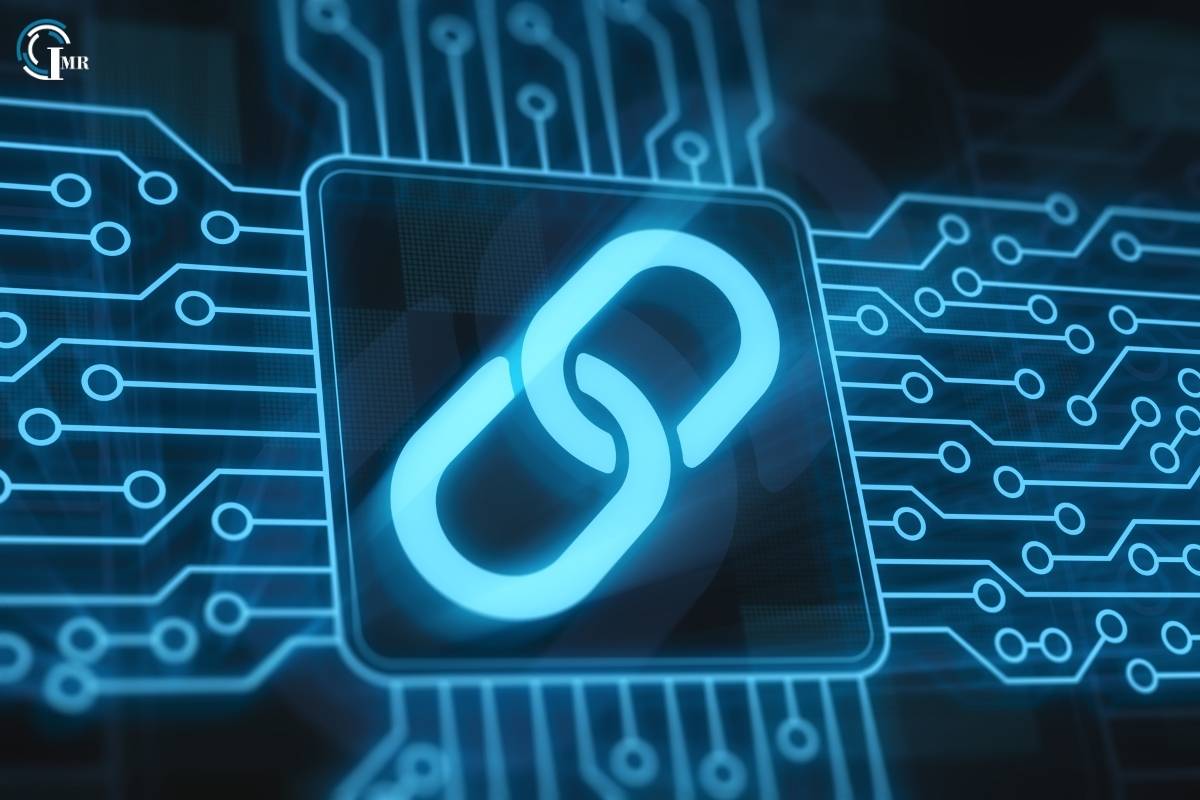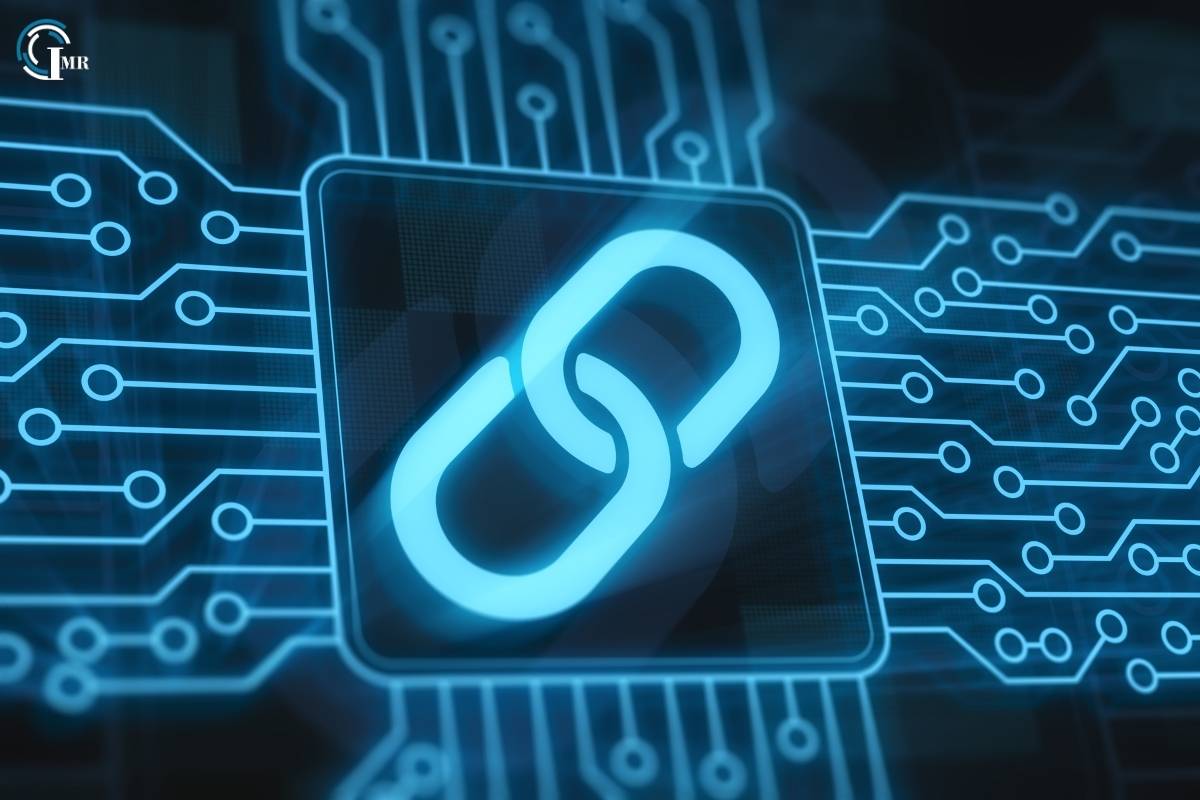
In recent years, blockchain technology has emerged as a revolutionary force across various industries, promising unparalleled security, transparency, and efficiency. However, amidst its potential, the blockchain ecosystem faces significant security challenges that must be addressed to realize its full potential. This article explores these challenges in depth, analyzing the risks and solutions within the dynamic landscape of blockchain technology.
Introduction to the Blockchain Ecosystem
The blockchain ecosystem refers to the interconnected network of decentralized nodes and participants that validate and record transactions across a distributed ledger. At its core, blockchain ensures security through cryptographic algorithms and consensus mechanisms, making it resistant to tampering and fraud. Yet, despite these inherent strengths, security vulnerabilities persist, posing risks to the integrity and reliability of blockchain systems.
Understanding Blockchain Security
Blockchain’s security model hinges on several key principles, including decentralization, cryptographic hashing, and consensus protocols such as Proof of Work (PoW) or Proof of Stake (PoS). These mechanisms prevent malicious actors from altering transaction records and ensure trust among participants without the need for intermediaries. However, the complexity of blockchain networks introduces unique security challenges that demand proactive mitigation strategies.
Key Security Challenges in the Blockchain Ecosystem
1. 51% Attacks and Consensus Vulnerabilities: One of the most significant threats to blockchain security is the 51% attack, where a single entity gains majority control of the network’s hashing power. This allows them to manipulate transaction confirmations and potentially double-spend cryptocurrencies within the blockchain ecosystem.
2. Smart Contract Vulnerabilities: Smart contracts, self-executing agreements coded on the blockchain, are susceptible to coding bugs and vulnerabilities. Exploiting these flaws can lead to financial losses or unauthorized access to sensitive data stored on the blockchain.
3. Privacy Concerns: While blockchain transactions are pseudonymous, meaning they are linked to cryptographic addresses rather than real-world identities, privacy can be compromised through sophisticated analysis techniques. Ensuring robust privacy protections without compromising transparency remains a challenge.

4. Scalability Issues: As blockchain networks grow in size and transaction volume, scalability becomes a pressing concern. Scaling solutions such as sharding and off-chain processing introduce new security considerations, including potential centralization risks and attack vectors.
5. Regulatory Compliance: The decentralized nature of blockchain poses challenges for regulatory compliance, particularly concerning anti-money laundering (AML) and know-your-customer (KYC) requirements. Balancing transparency with regulatory mandates remains a delicate yet essential aspect of blockchain adoption.
6. Interoperability and Standardization: In a fragmented blockchain landscape, interoperability between different blockchain platforms and standardization of protocols are critical. Ensuring secure communication and seamless data exchange across disparate networks require robust security frameworks and consensus on best practices.
7. Supply Chain Security: Blockchain’s application in supply chain management introduces new security challenges related to data integrity, provenance tracking, and counterfeit prevention. Securing IoT devices, which interface with blockchain networks, is crucial to maintaining the integrity of supply chain data.
8. Human Factors and Social Engineering: Despite blockchain’s technical safeguards, human error and social engineering attacks remain significant threats. Phishing attacks targeting private keys or compromising user credentials can lead to unauthorized access and asset theft within the blockchain ecosystem.
Mitigating Security Risks in the Blockchain Ecosystem
Addressing these security challenges requires a multi-faceted approach that combines technical innovation, industry collaboration, and regulatory oversight:
- Enhanced Consensus Mechanisms: Developing robust consensus algorithms that resist 51% attacks and incentivize network participation.
- Auditing and Code Reviews: Conducting regular audits and thorough code reviews of smart contracts to identify and mitigate vulnerabilities before deployment.
- Privacy Enhancing Technologies: Implementing privacy-enhancing technologies such as zero-knowledge proofs and multi-party computation to safeguard sensitive data while ensuring compliance with privacy regulations.
- Scalability Solutions: Exploring scalable solutions like layer-two protocols and sidechains while addressing associated security implications and maintaining network decentralization.
- Regulatory Frameworks: Establishing clear regulatory frameworks that promote innovation while addressing security and compliance concerns in blockchain applications.
- Education and Awareness: Educating blockchain stakeholders about security best practices, including the secure management of cryptographic keys and awareness of social engineering tactics.

Factors and Key Components of Security Challenges in the Blockchain Ecosystem
1. Decentralization and Consensus Mechanisms
- Factor: Decentralization is a cornerstone of blockchain security, where transactions are validated and recorded across a distributed network of nodes.
- Key Components:
- Consensus Mechanisms: Protocols like Proof of Work (PoW) and Proof of Stake (PoS) ensure agreement on transaction validity without central authority.
- 51% Attacks: Vulnerability where an entity gains majority control of network hashing power, enabling manipulation of transaction confirmations.
2. Smart Contracts and Code Vulnerabilities
- Factor: Smart contracts automate transactions and agreements on the blockchain, prone to coding bugs and security vulnerabilities.
- Key Components:
- Coding Errors: Flaws in smart contract code can lead to financial losses or unauthorized access to funds.
- Auditing and Reviews: Regular audits and code reviews are crucial to identify and mitigate vulnerabilities before deployment.
3. Privacy and Data Protection
- Factor: Blockchain offers pseudonymity but faces challenges in protecting user privacy and sensitive data.
- Key Components:
- Privacy Enhancing Technologies: Techniques like zero-knowledge proofs and homomorphic encryption preserve data privacy while ensuring transaction transparency.
- Regulatory Compliance: Balancing privacy with regulatory requirements such as GDPR and AML/KYC regulations.
4. Scalability and Performance

- Factor: Scaling blockchain networks to handle increased transaction volumes without compromising security or decentralization.
- Key Components:
- Layer-two Solutions: Off-chain scaling solutions like Lightning Network for Bitcoin and state channels for Ethereum.
- Security Considerations: Ensuring scalability solutions do not compromise network security or introduce centralization risks.
5. Interoperability and Standards
- Factor: Blockchain interoperability enables seamless data exchange across different networks and platforms.
- Key Components:
- Standardization Efforts: Developing protocols and standards for interoperable blockchain communication.
- Security Protocols: Ensuring secure communication and data integrity across disparate blockchain networks.
6. Governance and Regulatory Challenges
- Factor: Blockchain’s decentralized governance structure and regulatory uncertainty pose challenges for compliance and legal frameworks.
- Key Components:
- Regulatory Clarity: Establishing clear guidelines for blockchain projects and digital assets.
- Self-Governance Models: Implementing governance mechanisms that balance decentralization with regulatory compliance.
Conclusion
The blockchain ecosystem holds immense promise for revolutionizing industries through enhanced security, transparency, and efficiency. However, realizing this potential requires addressing the diverse and evolving security challenges outlined in this article. By implementing robust security measures, fostering collaboration across stakeholders, and embracing regulatory guidelines, the blockchain ecosystem can navigate these challenges and emerge stronger and more resilient in the digital economy.
As blockchain continues to evolve, staying vigilant against emerging threats and embracing proactive security measures will be crucial in safeguarding the integrity and trust that underpin its transformative potential in the global landscape.





Comments